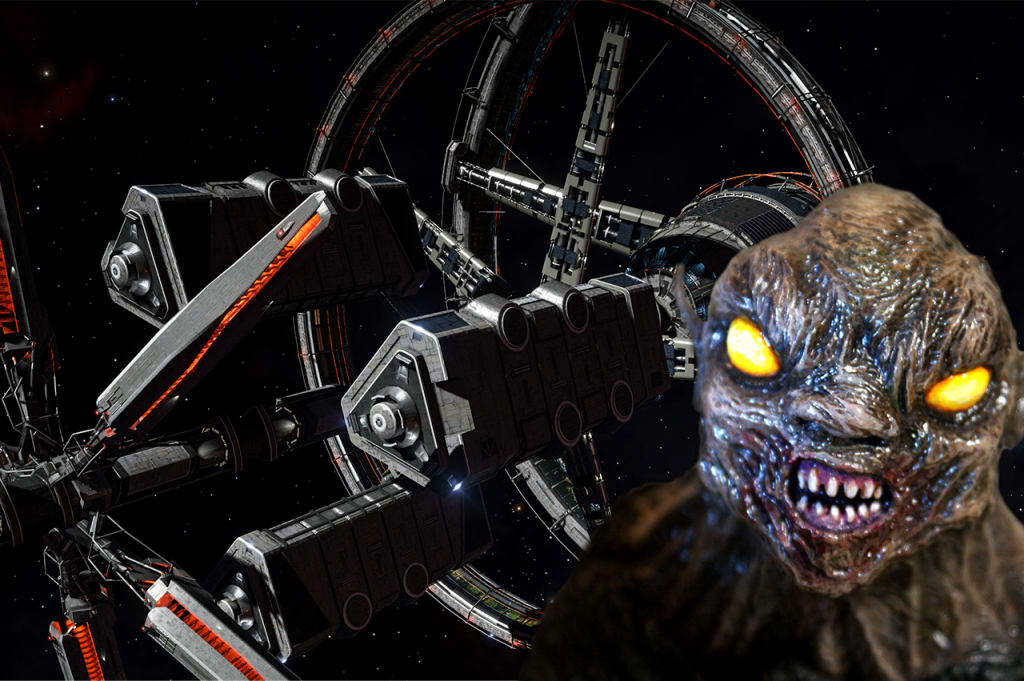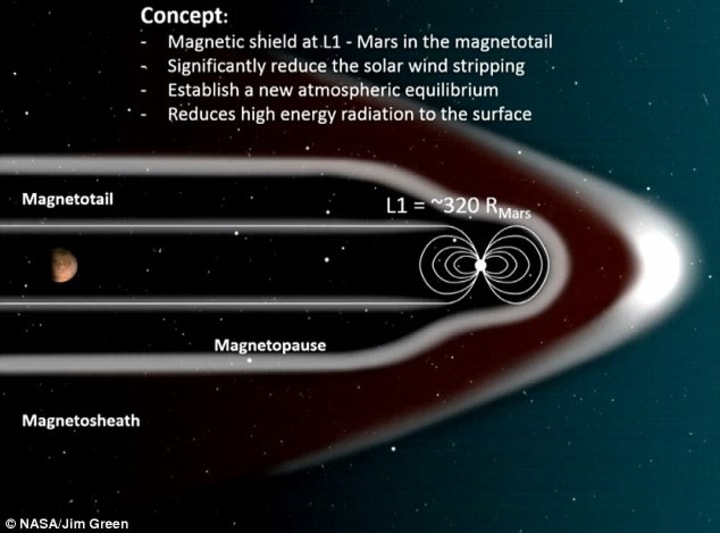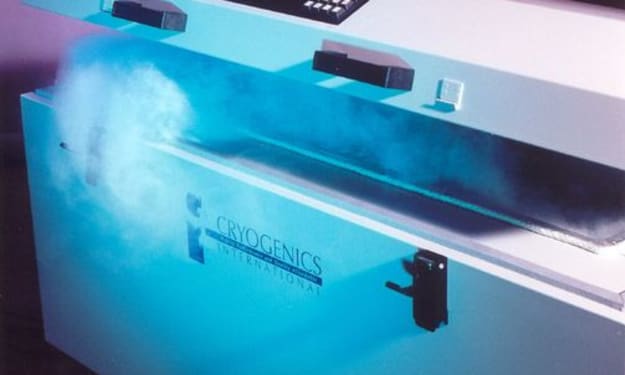Mutants in Spaaaace, Space, Space...
Generation ships and radiation.

As a child, I was never that interested in the idea of generation space ships. I mean, what was the point, right? We were going to have warp speed or hyperspace to get us to and from all those amazing distant worlds.
But reality is rarely like childhood imaginations. Not that that is a bad thing, necessarily. I still like to hope that someday we’ll figure out more expedient interstellar travel. I just like to be a little more realistic about it now. That’s where colony/generation ships come back into the picture.
However, our current technology is not quite up to the task to building that kind of vehicle. There are fundamental things humanity will need and huge dangers we’ll need to overcome in order to survive a journey across the empty void of interstellar space in search of a new home.
The Problem
Of those dangers, maybe even the most fundamental issue is radiation. Our planet’s magnetic field keeps us safe and cozy, letting in the nicest part of solar radiation to keep us warm and feed the plants. But out in space, it’s a different ballgame. Ionizing radiation from gamma rays and electron-less atomic particles can be extremely damaging to humans.
Because of our planet’s magnetic field, people on Earth and in low orbit are naturally shielded from most of the radioactive dangers in space. These dangers come in the form of ionizing cosmic radiation. (There is also solar radiation, but this can usually be shielded using the ship’s hull itself.) What makes cosmic radiation so dangerous, is the fact that the particles, usually protons and neutrons but can be heavier particles as well, are usually moving close to the speed of light. This gives them very high levels of energy. When those particles interact with other matter, like the ship, electronics or human cells, the radiation particles can disturb the atomic and molecular structure of those materials. No, we’re not really worried about creating zombie-mutant-CHUDs in space. Rather, real radiation damage means pieces of DNA that can function improperly, sending out messed up signals that can result in various cancers and other diseases.

How It’s Getting Fixed
This is probably one of the trickier problems of interplanetary and interstellar travel. Fortunately, because there’s been so much interest in going to Mars, people are actually working on the issue. In fact, at a workshop hosted by NASA’s Planetary Science Division, the division’s director, Dr. Jim Green, suggested creating an artificial magnetic shield for Mars. The idea was to put a satellite-like machine at a specific point between Mars and the Sun with a magnetic field in order to deflect solar radiation. And while Dr. Green’s point was to protect people on Mars, it may be that the technology could be adapted for a generation ship.
Of course, creating a sufficiently strong magnetic field to shield a ship in space from high-energy radiation particles would likely require very large amounts of power given current technology, but the good director also pointed to advances in miniature magnetospheres that could lead to the idea working. Theoretically, a large ship could then have magnetic dipoles at each end, creating a ship-wide magnetosphere shield.
But what if that tech is too far away? Fortunately, there’s also plenty of research going into physical materials that can protect people and equipment from ionizing radiation as well. One material that is looking promising is hydrogenated BNNTs (boron nitride nanotubes). These are tiny hollow filaments of carbon, boron, and nitrogen that are infused with extra hydrogen. And, since hydrogen is very good at stopping high-energy radiation particles, that’s a good thing. Hydrogenated BNNTs are flexible enough to be made into a yarn and woven into fabrics, as well as integrated into a ship’s hull layers.
Of course, on a colony or generation ship, the vast majority of people would never have to leave the ship. And, adding extra bulk to the ship’s hull might not be quite as big of a deal, since the ship will probably be built in space and it will likely use low-thrust ion or plasma engines. But who knows? Maybe, if we can integrate these technologies and along with other ideas like specialized vitamins and critical body-zone radiation shielding, we can make high-energy radiation in the deep void of space a non-issue.
About the Creator
C. A. Wilke
I like to put words together to tell stories of possible futures, mythical pasts and anything in between. I also write commentary about the interaction of science and science fiction. Find more of my work at SpeculativeMiscelllany.com






Comments
There are no comments for this story
Be the first to respond and start the conversation.